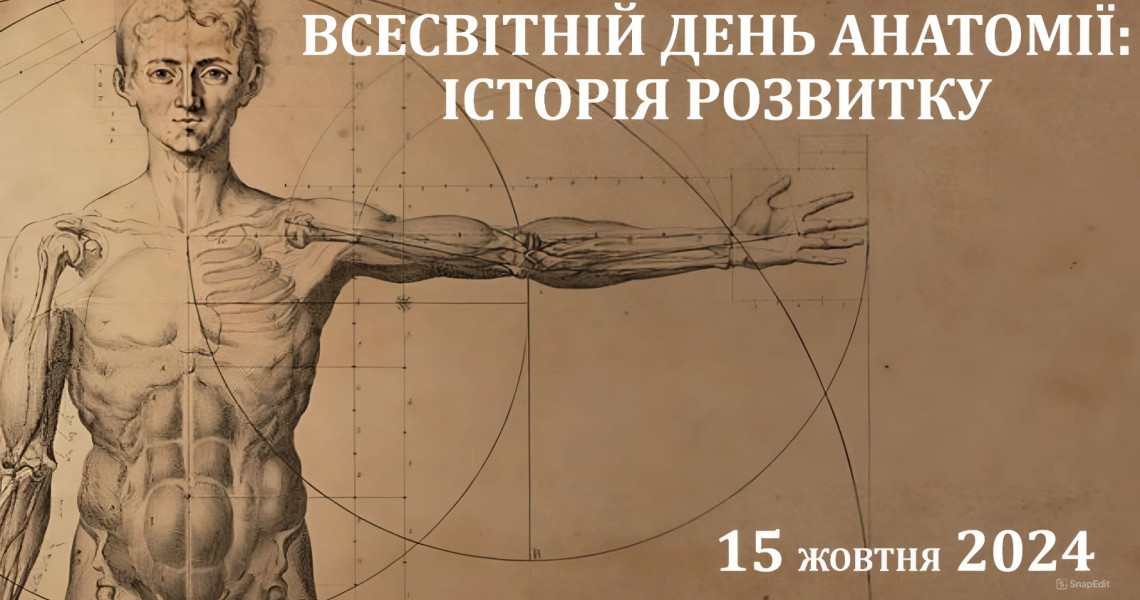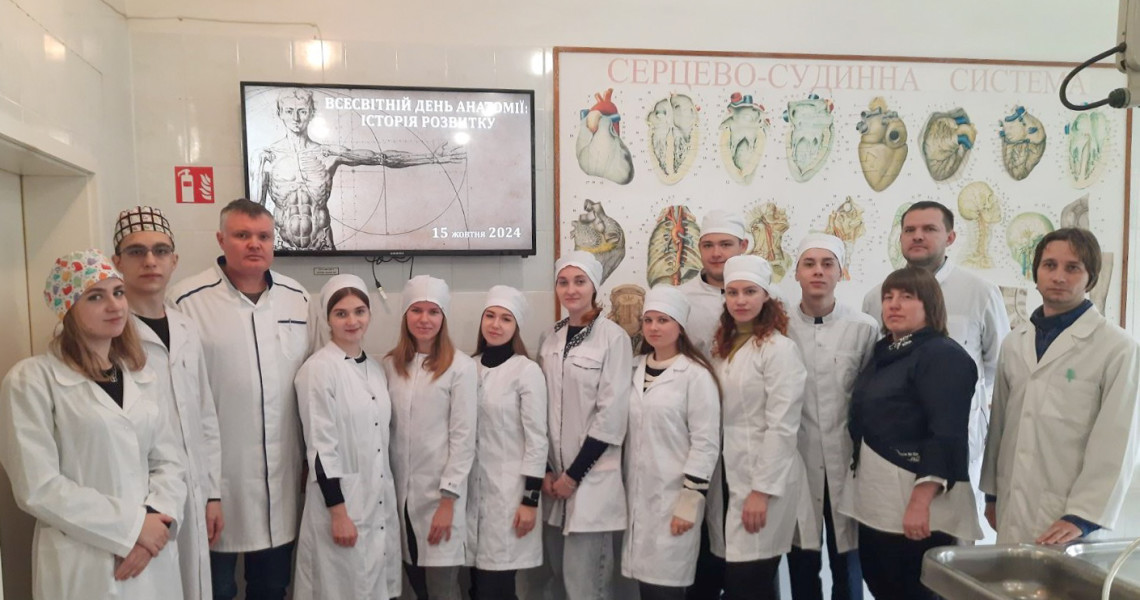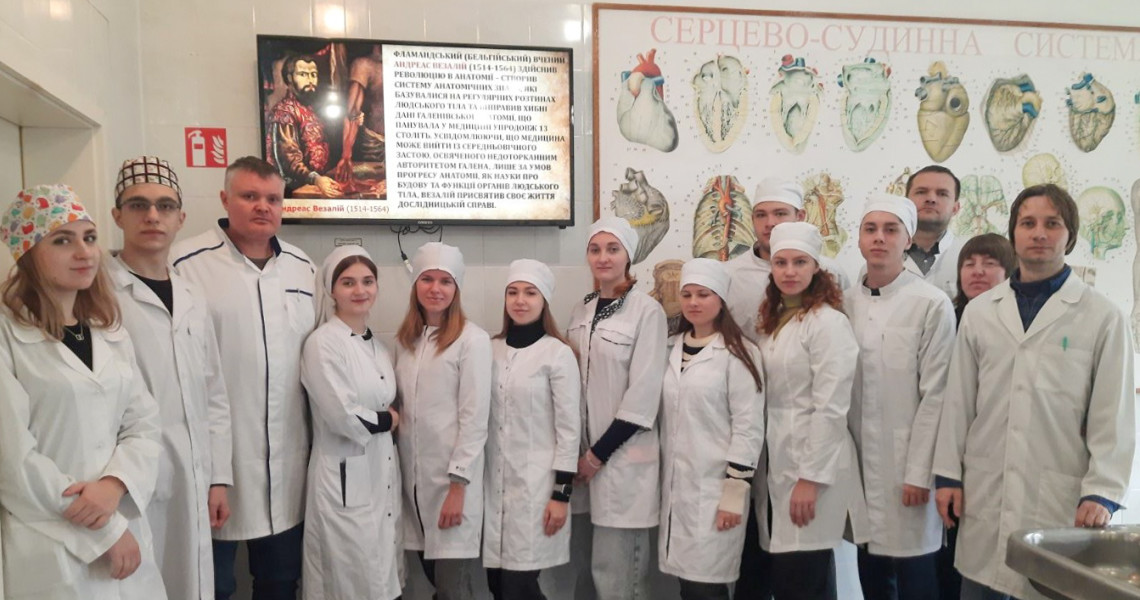15 жовтня світ відзначає «Всесвітній день анатомії», започаткований у 2019 році. Цей день присвячений вшануванню досягнень у вивченні анатомії людини. Витоки сучасної анатомії сягають XVI століття, коли Андреас Везалій, видатний бельгійський вчений, публікував свою працю «De humani corporis fabrica». Саме Везалія вважають батьком анатомії, оскільки його дослідження започаткували нову еру в розумінні структури людського тіла та його функцій.
У рамках святкування кафедра анатомії людини провела захід разом зі студентами 2 курсу медичного факультету №1, який підготували відповідальна за виховну роботу Валентина Білаш та викладачі Ігор Федорченко, Юрій Северин, Віталій Стриженок за ініціативи в. о. завідувача кафедри Володимира Гриня.
Свято щорічно збирає науковців, студентів та медиків, які вшановують спадщину великих анатомів і роблять внесок у майбутній розвиток цієї важливої науки.
World Anatomy Day: A History of Development
On October 15, the world celebrates "World Anatomy Day," established in 2019. This day is dedicated to honoring achievements in the study of human anatomy. The roots of modern anatomy date back to the 16th century when Andreas Vesalius, a prominent Belgian scientist, published his work "De humani corporis fabrica." Vesalius is regarded as the father of anatomy, as his research initiated a new era in understanding the structure and functions of the human body.
As part of the celebrations, the Department of Human Anatomy held an event with second-year students from the Faculty of Medicine No. 1, organized by the responsible for educational work Valentyna Bilash and lecturers Ihor Fedorchenko, Yurii Severyn, and Vitalii Stryzhenok, under the initiative of acting head of the department Volodymyr Hrynia.
The celebration annually gathers scientists, students, and medical professionals who honor the legacy of great anatomists and contribute to the future development of this vital science.








